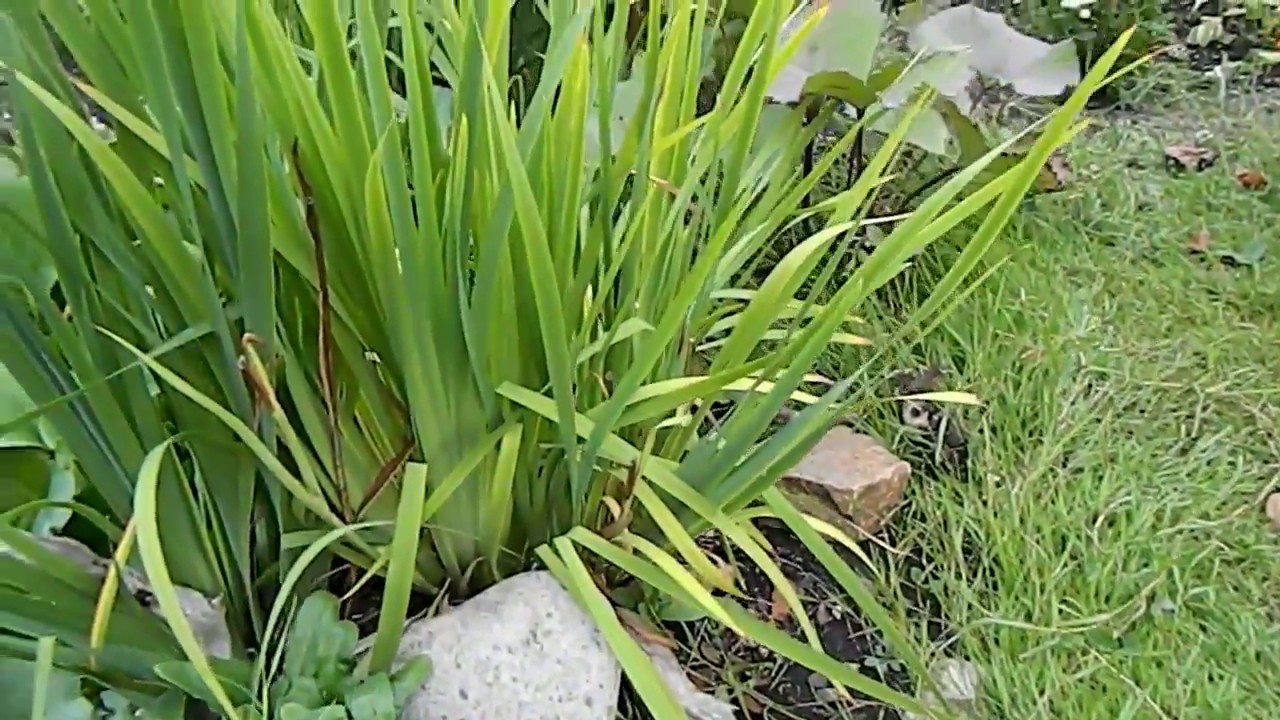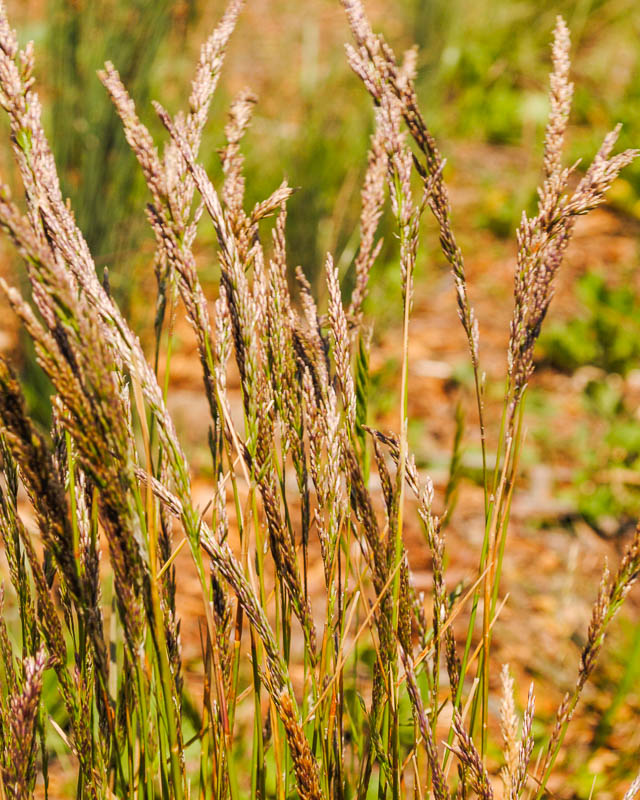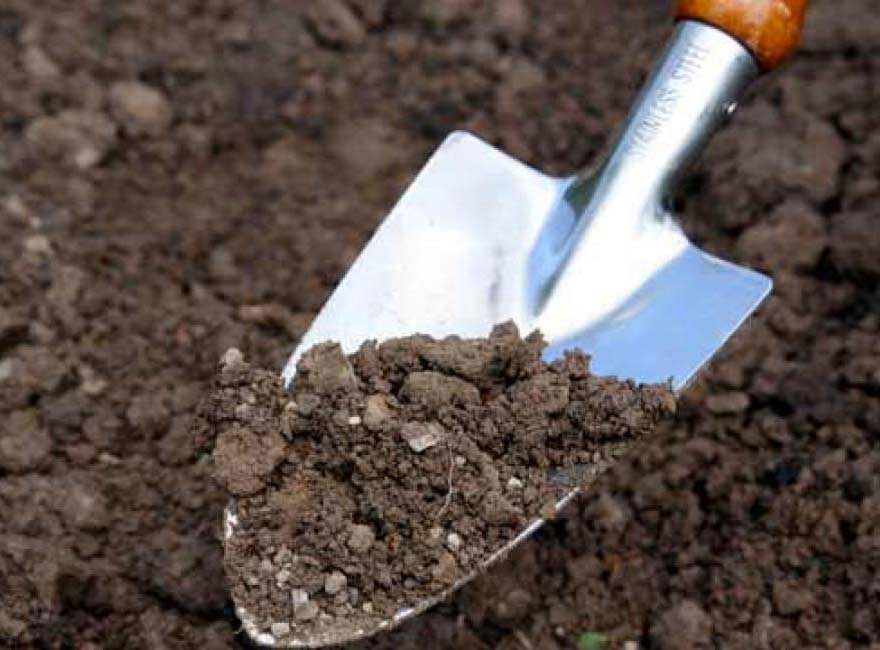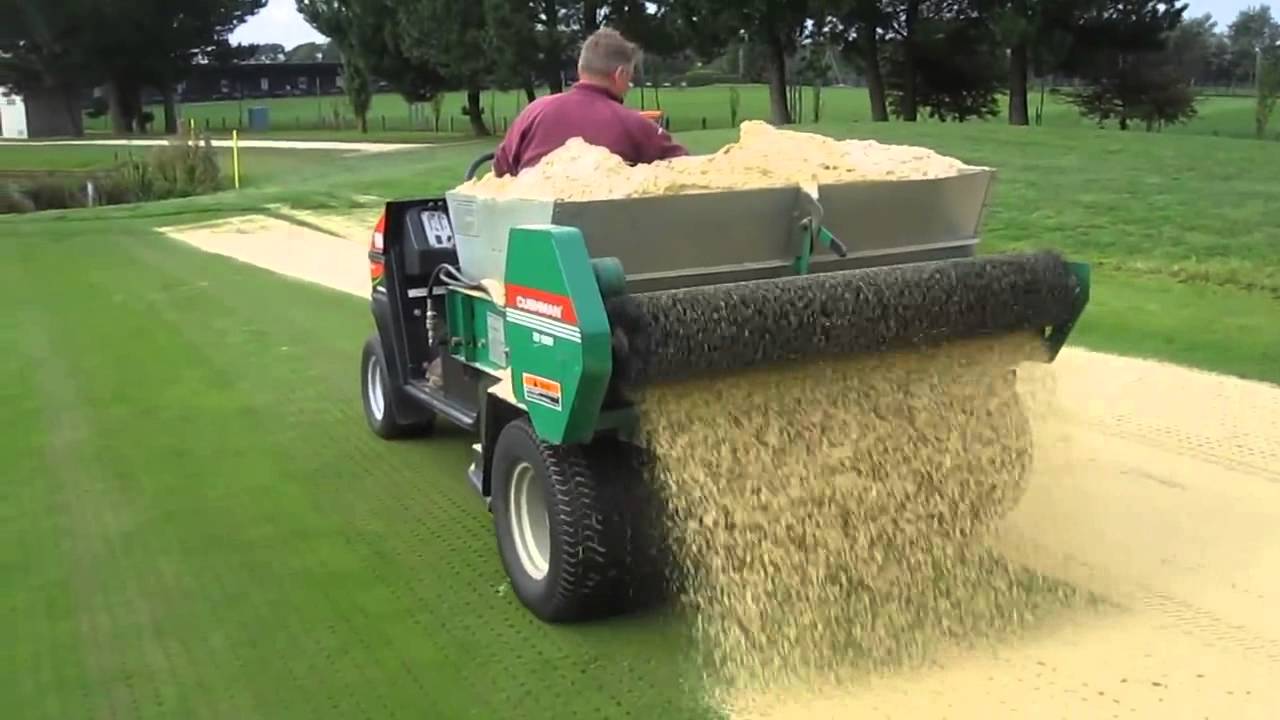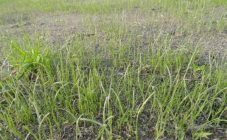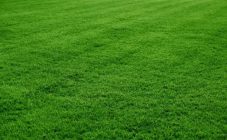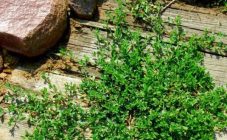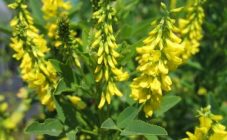Content:
Weeds in the summer cottage are the main problem that every gardener fights with every day. Their seeds fall on the site with the wind, or on people's clothes and shoes, and green pests can grow from buds and roots in the soil. No one can completely get rid of weeds, but there are several ways to make this task as simple as possible. One of them is lawn grass that destroys weeds.
Grass that is not afraid of weeds
A lawn is a mixture of low-growing grasses that form dense root weaves called turf. It is difficult for the weeds in the soil to break through it, and their seeds brought from outside will not be able to get into the ground and sprout. Therefore, this method of weed control is the most effective. In addition, the lawn with a mown well-groomed lawn at the summer cottage looks expensive, beautiful and aristocratic. Such a landscape design will attract the attention of guests and neighbors, ennoble the site, and the owners will be happy to lie in the lush grass or play outdoor games with children.
Grass varieties that kill weeds
There are several varieties of lawn grass that displace weeds and grow slowly:
- field bent leaves. This is a low-growing cereal plant that grows in the wild in the South and East of Russia. It has a bright green color and juicy greenery, its shoots are able to take root, thereby forming a dense carpet at the sowing site. Frost-resistant, displaces weeds. It is very afraid of aridity, therefore, in hot weather, it requires constant watering;
- red fescue. The very same lawn grass that destroys weeds and grows slowly is a godsend for gardeners in all respects. Low-growing friable grass grass, unpretentious to living conditions. It is able to actively germinate even in the most scarce soils, tolerates trampling and mowing too low, and is frost-resistant. Feels great in darkened or dry weather. In the first year it grows slowly, but in subsequent years the number of bushes on the site is actively increasing. Looks beautiful and aesthetically pleasing as a lawn, covering the soil surface with an even carpet;
- meadow bluegrass. It is a popular grass for the lawn in the country. Refers to winter crops, so juicy greens appear after the snow melts. Flowering appears in May, prone to self-pollination. It develops within 4 years, after which it becomes an adult plant. After trimming, it actively grows, forming new shoots.
Complex of additional measures
Lawn grasses are not able to destroy weeds on their own, they only displace them. Moreover, this happens only when the plants become mature, and their root system is dense and soddy. It is important to understand that a lawn without weeds does not form by itself, it needs human help.
The very first aid in weed control is preparing the soil before planting. It should start in early spring. In the spring, getting rid of weeds is much easier because they don't spread seeds.
Digging the soil
To begin with, you should mark the territory of the proposed lawn lawn, determine its boundaries, and start removing garbage.
Next, the soil is carefully dug up, removing the roots of weeds and dry grass. In this case, it is best to use a pitchfork to avoid chopping up existing weed roots in the soil.
In two to three weeks, weed shoots should grow on the surface of the earth. They should be exterminated with a herbicide solution.
Yellowed weeds should be removed. The ground is carefully leveled with a roller, pipe or board, and tamped down. After a week you can sow the lawn.
Fertilization
First, you need to decide on the composition of the soil. If the earth is acidic, then chalk or lime is added. Heavy clay soils must be diluted with humus.
Next, the soil is fertilized. In the spring, nitrogen fertilizers are applied, and in the fall, phosphorus and potash fertilizers. Fertilize in cloudy weather before rain, so that fertilizers get into the soil. If rain is not expected, then the lawn can be watered abundantly.
In the first years after planting a lawn that displaces weeds, plants should be fertilized 6 times a year. Until the beginning of August, nitrogen fertilizers are applied 3 times. This is done after every second mowing in a proportion of about 30 grams of fertilizer per 1 sq. M. Thanks to constant feeding and mowing, you can get a beautiful grass lawn, pleasing to the eye with its appearance.
In August, you should start preparing the lawn for overwintering. Therefore, fertilizers should contain a minimum amount of nitrogen and be maximally enriched in phosphorus and potassium. Top dressing should also be done two or three times before the start of frost.
For summer residents and busy people, there are fertilizers that are applied only once a year in spring, while supplying the lawn with everything you need for 4 months. Here are some popular names:
- Robin Greene. Slow-acting fertilizer;
- Activin;
- Fetrika.
Periodic lawn mowing
The lawn is constantly mowed not only for aesthetic reasons. The trimmed grass begins to sprout new side shoots, bush and thicken, which makes the lawn more luscious and green. In addition, weeds that try to survive through the planted grass do not like constant cutting, so they will die.
On the personal plot, the lawn is usually cut to a height of 4-7 centimeters. Cutting too short and inconsistently can overgrow the lawn with weeds and moss.
How often is the lawn mowed?
- in the spring - 2 times a week;
- in summer - once every 7-10 days;
- in the fall - once every two weeks.
Basic Rules:
- cut grass early in the morning or evening. It is best if the weather is cloudy without rain;
- the main rule for the tool is sharpened knives that will mow the grass, and not crush;
- cannot be cut in the rain;
- in places that are inaccessible for lawn mowers, the grass is cut with scissors;
- If the lawn has not been mowed for a long time, it should be shortened to the desired length in several stages. Only a third of the length of the grown grass can be removed in one haircut.
When and how to sow grass
After the site for the lawn has undergone a long preparation, treated from weeds, dug up and tamped with a roller or board, you should wait a week for the earth to settle.
Planting should be done in clear, sunny weather, moistening the ground with a garden sprayer.
First, the seeds are thoroughly mixed in the package, and the surface of the earth is loosened with a fan forks. Then proceed directly to sowing.
It should be remembered that the optimal consumption of planting material is 50-60 grams per square meter. If planted too rarely, bald patches are formed on the lawn, overgrown with weeds.
Seedlings appear 7-20 days after sowing. In the absence of rain, water should be done daily using a fine-perforated watering can or a special spray that forms small drops.
The first haircut should be done when the young grass grows about 10 centimeters in height. It is important to remember that in the first two years, you should regularly weed the lawn, since young grass is not able to push out weeds on its own.
In the spring, you should carefully inspect the lawn, fertilize, and sow the resulting bald spots with new seeds again. Only with good care can the lawn survive the war against weeds, which will be forced out by the grass and its roots.
Lawn grass that displaces weeds is a godsend for home owners who do not have a lot of free time. For the health of lawn plants, it is important not to forget about mowing, as well as watering them in dry weather. The turf formed by the lawn will displace unwanted green tenants, thereby facilitating the work of its owners.
